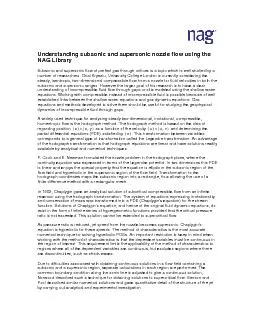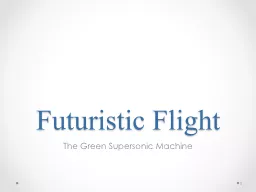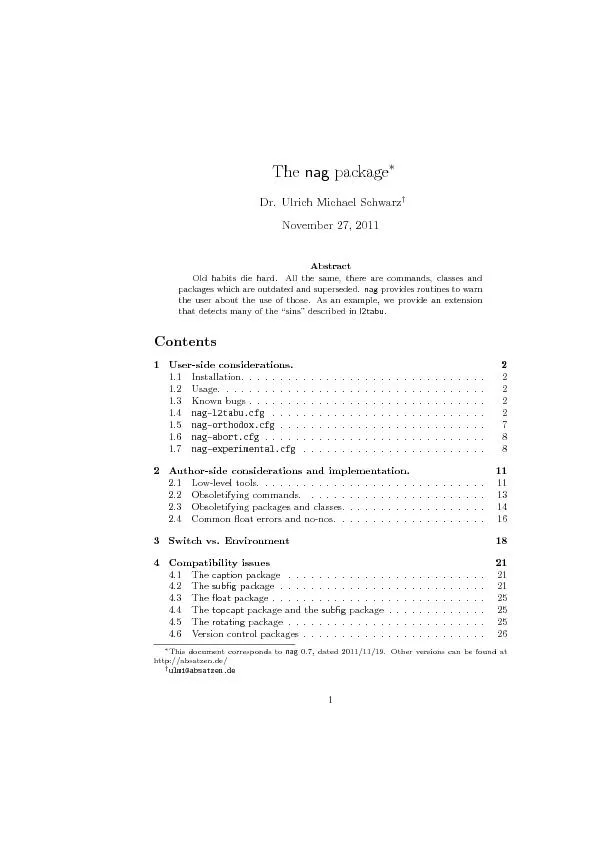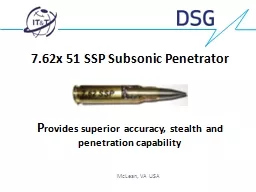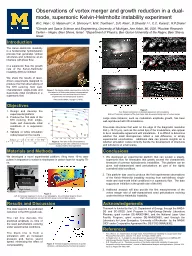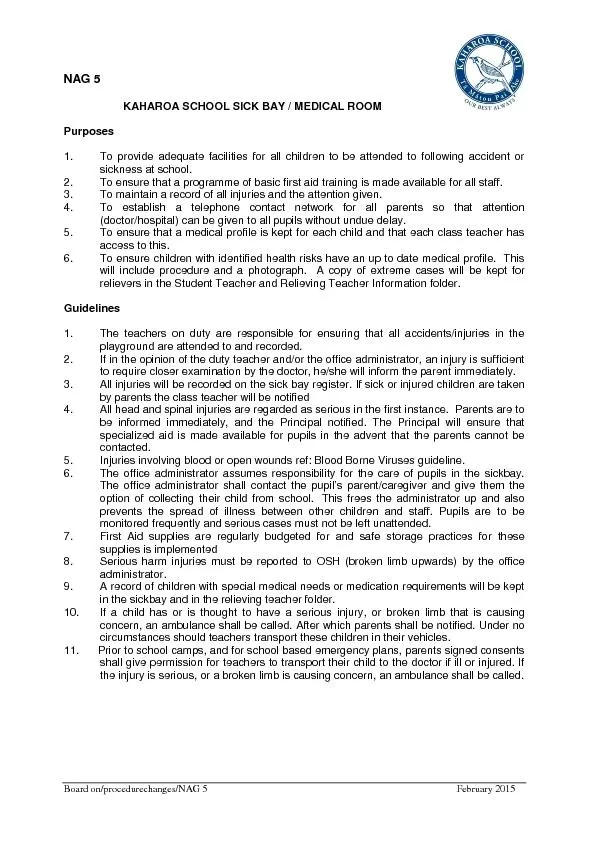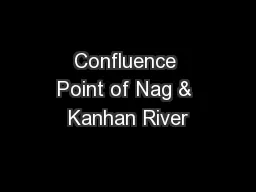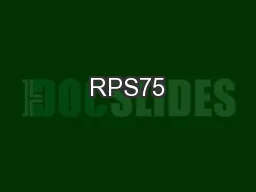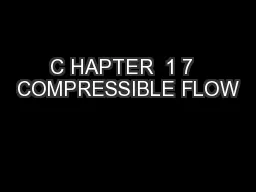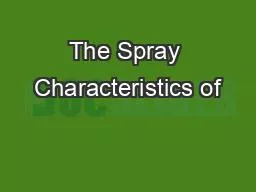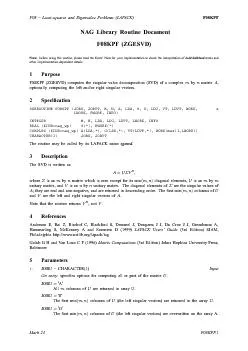PDF-Understanding subsonic and supersonic nozzle flow using the NAG Librar
Author : trish-goza | Published Date : 2015-11-05
Subsonic and supersonic flow of perfect gas through orifices is a topic which is well studied by a number of researchers Orial Kryeziu University College London
Presentation Embed Code
Download Presentation
Download Presentation The PPT/PDF document "Understanding subsonic and supersonic no..." is the property of its rightful owner. Permission is granted to download and print the materials on this website for personal, non-commercial use only, and to display it on your personal computer provided you do not modify the materials and that you retain all copyright notices contained in the materials. By downloading content from our website, you accept the terms of this agreement.
Understanding subsonic and supersonic nozzle flow using the NAG Librar: Transcript
Download Rules Of Document
"Understanding subsonic and supersonic nozzle flow using the NAG Librar"The content belongs to its owner. You may download and print it for personal use, without modification, and keep all copyright notices. By downloading, you agree to these terms.
Related Documents

